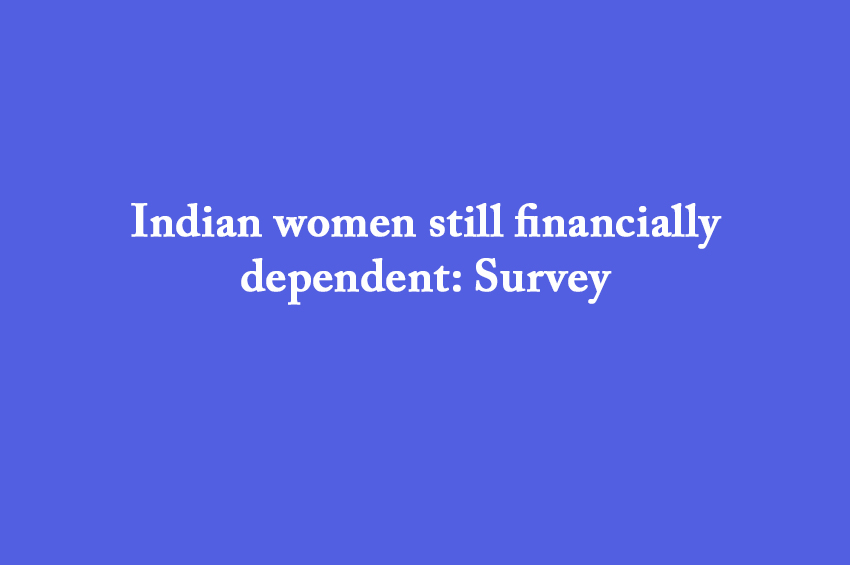Winning Bizness Desk
Mumbai. No matter how much women empowerment may be talked about, a Tata AIA Life Insurance (Tata AIA) survey on financial awareness shows that Indian women still shy away from making independent financial decisions when it comes to financial decision making. When she comes, she still runs only for the men of the house. However 44% of the respondents prefer to make their own financial decisions when they have the option to do so. The survey findings indicated that 89% of married women depend on their spouses for financial planning.
No freedom in making financial decisions
Before marriage, the father is responsible for financial decisions for women, which are then secretly handed over to the husband after marriage. The survey revealed that since the average age of women getting married is 20-22 years, they do not have the freedom to make decisions about their finances. Thus, marriage is one of the most prominent deterrent factors in inhibiting women's independence in making financial decisions. For 39% of women surveyed, financial planning is limited to monthly budget planning. Of the 42% of women with a better understanding of financial planning, only 12% are housewives. According to the survey findings, being financially independent for most women does not mean that they have the freedom to make their own financial decisions. Among working women, 59% do not decide on their finances independently. The proportion is higher in Tier 3 markets, where 65% of working women do not make independent financial decisions.
Choices depend upon husbands' decision
When asked about priorities, the survey revealed that women prioritize the financial security of their families over theirs. Among various financial instruments, 62% of women are more comfortable investing in bank FDs for the benefit of their families. However, when asked about her choice, she relied on her husband's decision. 72% of women believe that life insurance is an integral part of their post-COVID financial planning. Savings plan was the most preferred among life insurance products, followed by term insurance. Pension plans and ULIPs are the least preferred options. However, when the different types of life insurance policies were clearly explained, women preferred ULIPs and term insurance solutions.


